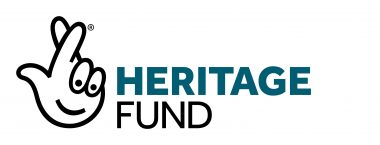This blog is a continuation of our series, looking into what comparisons can be made between inaccessible elements on websites, which was inspired by an AXSChat Podcast.
After finishing my original blog, I decided to expand and tell you a bit more about specific areas of assistive technology features that should be used and accessible within a digital platform. This should be the case whether on a website, a document, or any other digital information.
In my latest blog, we’re discussing inaccessible features that users of voice activation software may face when online.
Accessibility Obstacles for Users of Voice Control on Websites
Users of voice activation use speech to navigate and control a website and any other computer software. This may be due to the person having limited use of their arms and/or hands.
The software used is a great assistive technology that allows users to be independent when accessing a computer and surfing the internet. However, sometimes on a website, users may be able to see where they want to navigate, but that element may not be reachable due to inadequate labelling or poor coding. When this occurs, it leaves that person unable to get to the required information, or it can make it extremely difficult for them to gain access. This shuts out users of voice activation from their basic human rights, creating not only a feeling of frustration but also one of isolation.
An example of the sort of inaccessible labelling that creates these barriers is when an online shop labels its items in a way such as:
- Shirt/blue/short sleeve/XL
- or several buttons that are labelled as ‘add to basket.’ Leaving users unsure which item will actually be added to the shopping cart when selected.
An Everyday Comparison to Get You Thinking About The Need for Inclusive Design
Imagine you are in a shop that sells chocolates. Before getting carried away with the idea, all of the shelves are 10 feet above the ground. You would be able to see all of the lovely chocolates, but you would not be able to gain access to them.
Perhaps there is another way of getting to the chocolates? Maybe you would go and find a store assistant and see if they have a ladder, so you can go up and get them. If they are doing this for everyone, this is most definitely not the most effective way of selling the product. Imagine if it was self-service only – this way, the chocolates would be forever out of your reach.
If this was the case, the shop would not last long. Why? Simply due to implementing the wrong design, which could easily be corrected. No shop would design a store like this, so why are websites still presenting these accessibility issues that could easily be prevented for their users?
Eliminating Inaccessible Digital Platforms
I know I have used this last paragraph at the end of each of this series of blogs, but it relays the important message of all the blogs written:
These are just a few comparisons between most people’s everyday life experiences to one of the inaccessible features of digital information in their life. However, there really is no need for any inaccessible areas, as there are always alternatives.
Think about when you could not get access to something. Whether it is in a shop or around your normal life experiences. There is no real reason why you should not be able to gain access. It is usually due to someone having made it inaccessible to you because of the design and not thinking of your individual needs as a customer in a specific situation.
It’s time to make a change and be inclusive.
Over the next few months, I’ll be blogging about ways that you can adapt your websites to achieve accessibility and improve the user experience for everyone.







